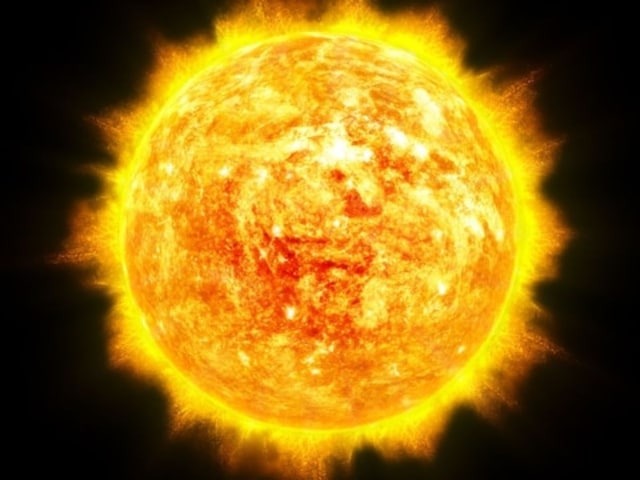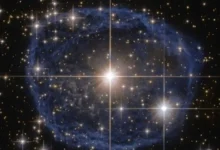During the total solar eclipse, the sun’s corona will be visible; NASA offers photography advice
Viewers will be captivated by a total solar eclipse on April 8 when the moon totally blocks the sun’s light from reaching Earth, resulting in a short moment of darkness known as totality. Viewers may get a peek at the sun’s corona during this amazing spectacle, which displays loops of electrically charged plasma and dark-pink skyscrapers. Notably, on April 20, 2023, during a complete solar eclipse in Australia, comparable prominences were seen, stunning onlookers with their amazing show.

These captivating prominences will be seen across North America during the next complete solar eclipse. According to Live Science reports, the event is thought to occur during the solar maximum, the culmination of the sun’s 11-year solar cycle. A hydrogen alpha telescope may be used by enthusiasts to see these prominences for many days after the eclipse ends. Moreover, during totality, viewers are urged to keep an eye out for any other uncommon occurrences.
As an example, a solar physicist from the National Solar Observatory in Boulder, Colorado, USA, described a coronal mass ejection (CME). High in the sun’s atmosphere, these CMEs, which are made of magnetic fields and plasma mass expelled from the corona, resemble twisted, spiral-like shapes. CMEs may look stationary even when they are moving quickly; this can be seen from places like Rochester and Dallas, even though they are in separate phases of the same eruption.
Powerful radiation flares that travel at the speed of light are another amazing phenomenon that emanates from the sun’s surface. Even though there is very little chance of seeing a solar flare during totality, they often accompany CMEs and may arrive at Earth in about eight minutes, making for an amazing show in space.
On April 8, eclipse watchers excitedly anticipate the chance to see massive eruptive prominences during totality. These prominences, which come in different sizes, are most often seen around the solar maximum. They have the ability to separate from the sun’s surface and float freely within the corona.
To sum up, the complete solar eclipse scheduled for April 8 is expected to provide not only an amazing show of the sun’s corona but also chances to see unusual astronomical occurrences that will captivate viewers from all around North America and beyond.







